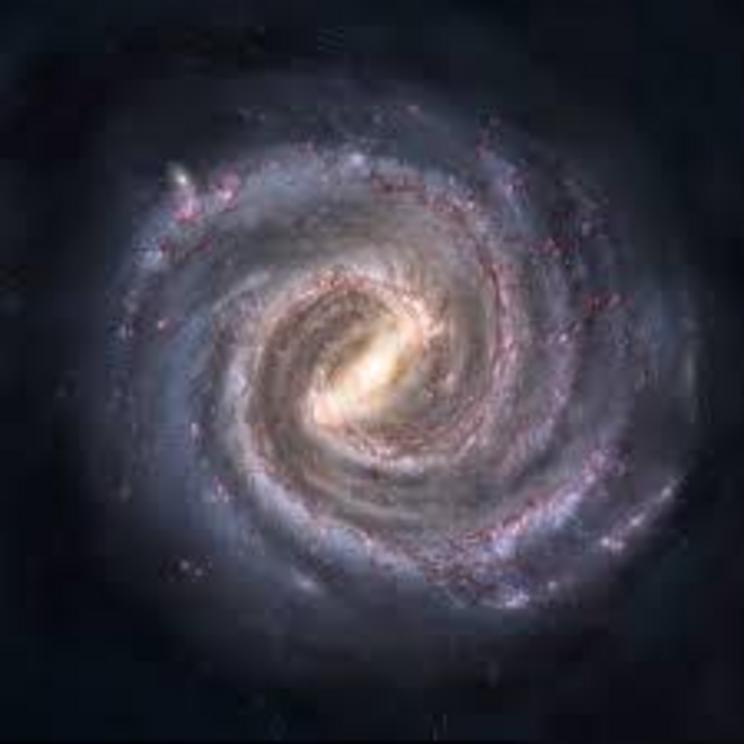Astronomers find huge, previously unknown cluster of 'surprising' stars at the centre of our galaxy
Astronomers have found a huge, previously unknown cluster of stars lurking at the centre of our galaxy.
The “ancient stellar population” is made up of a set of stars that the astronomers who found them said were surprising in a variety of ways.
The middle of our Milky Way is relatively full of stars, more full than most other places in the known universe. It is in that region that astronomers found the newly discovered stars.
They appear to have begun as a globular cluster within our galaxy that long ago migrated to the centre of the Milky Way, the astronomers said.
The centre of the Milky Way lies only 25,000 light-years from Earth, in the constellation of sagittarius. It was only discovered last century and astronomers have been looking to learn more about it ever since.
Much of that research has focused on the extremely massive black hole at the middle of our galaxy. It is surrounded by a one of the densest fields of stars in the known universe, made up of 20 million stars spread across the 26 light-years at the centre.
But those stars are difficult to see, since they are hidden behind an array of dust clouds that block out the visible light, making the area appear dark despite it large population of stars. To peer through, astronomers are forced to use special equipment that capture light at shorter and longer wavelengths.
Astronomers have speculated that other galaxies probably have similar phenomena at their middle, with a central black hole and a cluster of stars around it. But the close distance of the Milky Way means that scientists are able to see with enough detail to spot individual stars.
The researchers did so and explored 700 stars, analysing not only their brightness and colour but also the way they are moving and what they might be made of.
The researchers found that around 7 per cent of the stars had relatively low “metallicity” – or relatively small amounts of heavier elements – suggesting that they are older than the others, and older than expected. What’s more, they appeared to be moving differently to the stars around them, spinning more quickly and on a slightly different plane to the rest of the galaxy.
Simulations indicated that the stars had ended come from elsewhere, either further out in the galaxy or in another neighbouring one entirely. Scientists speculate that the former is most likely, partly because the stars looked more akin to those found in our own galaxy.
The discovery is reported in two papers – ‘On the Origin of a Rotating Metal-Poor Stellar Population in the Milky Way Nuclear Cluster’ and ‘Revealing the Formation of the Milky Way Nuclear Star Cluster via Chemo-Dynamical Modeling’ – both published in Astrophysical Journal Letters today.

